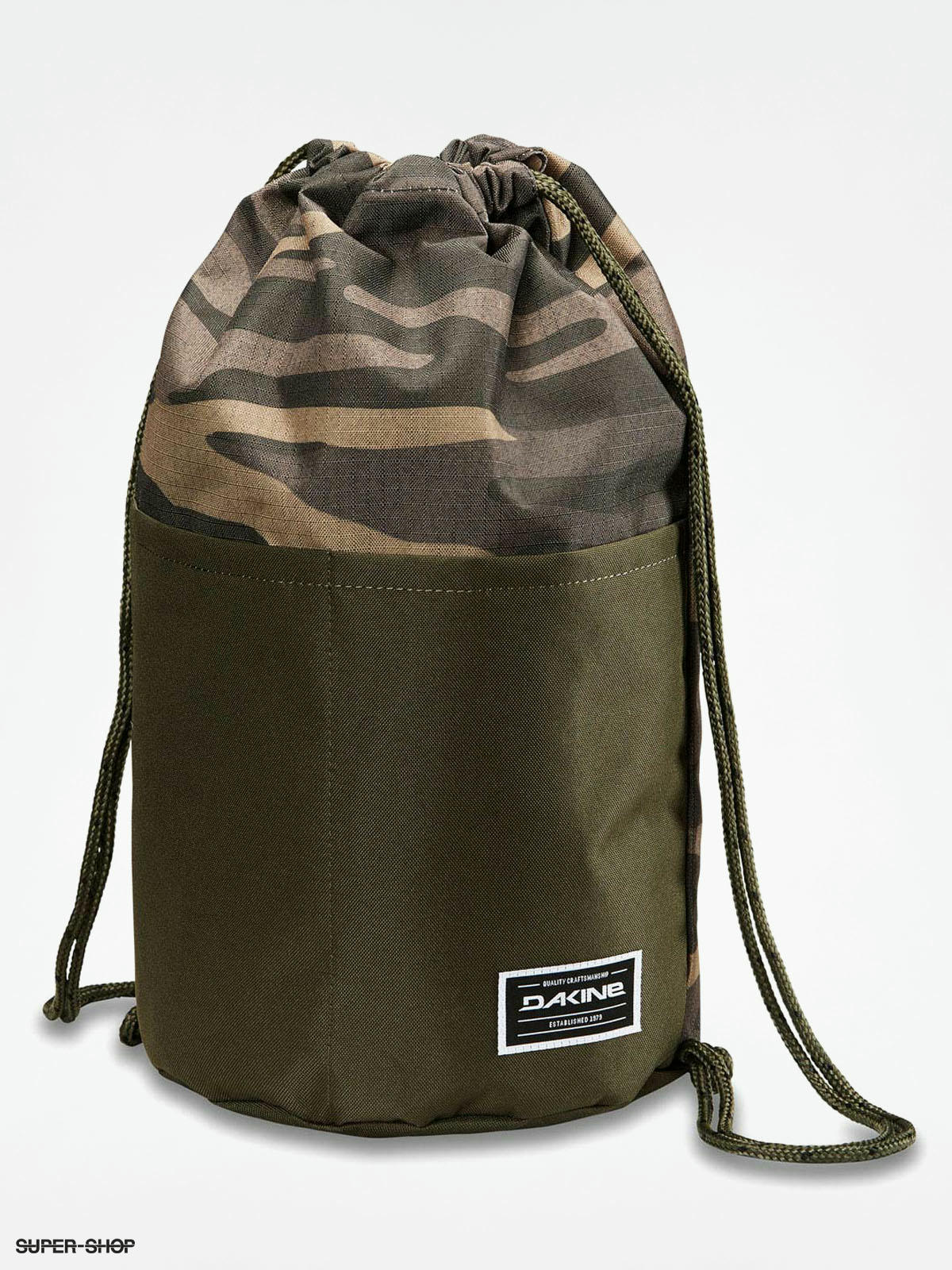


Click the Choose File button to open the dialog box.Shift both poles all the way to one side, zip the pack closed from the opposite end, and try to remember not to poke your hiking buddy's eye out if you turn around quickly. If your pack doesn't have a top you can cinch down or at least straps across the top, your only other option is to stick the poles in the actual body of the pack, handles pointing down, points sticking out of the pack's top. But if you're hiking in open terrain, it's still a pleasant alternative to hand-carrying hiking poles when you don't need them. It's not a perfect solution because now you've got a little crossbar (one end of which is pointy) laid across your back. Lay the poles across the top of the large compartment, close the top of the pack over them, and cinch it in place. This works about the same as the other options for a larger pack. Just lay the poles across the top of your pack and cinch them in place. If your pack doesn't have a special trekking pole attachment point, side pockets or compression straps, there's still an easy, if somewhat awkward, solution. In this case, you can buy compression straps to add to your pack or thread webbing, cordage, in other ties through the slots to use as straps to hold your poles. Those are where you can add your own compression straps. If your pack doesn't have compression straps, look for patches which have two or more slots. In some cases, the poles never had baskets, or you took them off and didn't bring them with you on your hike. This only works if your poles have baskets on them. The poles' baskets will keep them from falling through. Loosen the straps, pass the poles through them (handles down, baskets pointing up) and tighten the straps around your poles. Sometimes packs have slots for you to add your own compression straps at different points, so look for those as well. These straps can be anywhere on the pack they don't have to be on the sides. If your pack doesn't have side pockets but does have horizontal compression straps, you still have options for securing your hiking poles. Attach your other pole to the pack, and you're ready to keep hiking hands-free.īut what if you don't have a hiking pole attachment point like this? Let's look at some alternative arrangements.Tighten down the cinch point around the body of the pole to hold it in place, and you're good to go.Press the pole's point toward the bottom of your pack to make sure it seats into that loop.The pole's basket will keep it from falling through. Stick the point of the trekking pole through the loop on the bottom corner of your pack.If you have this sort of attachment just unhook the fastener to open it, lay the trekking pole in place (handle pointing toward the top of the pack) and close the fastener around your pole.

Loosen the cinch all the way and poke your trekking pole's handle through it, pointing up toward the top of your pack.Ī few packs have trekking pole attachments that open and close all the way, with a small hook holding them closed. Some, like the one you see here, are just a closed loop that you can loosen or cinch tight. The odds are good that, somewhere on your backpack, you've got a trekking pole attachment point like this.


 0 kommentar(er)
0 kommentar(er)
